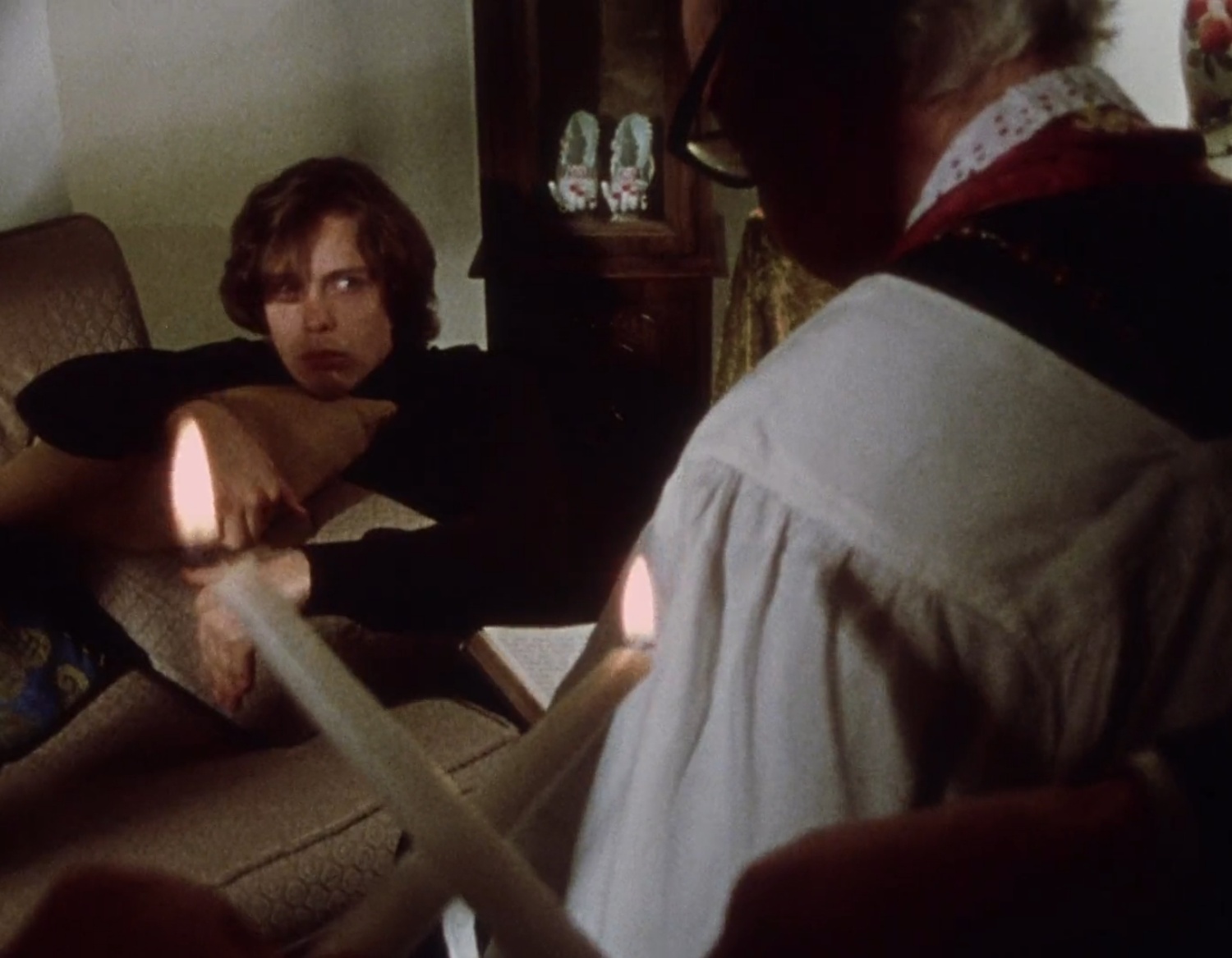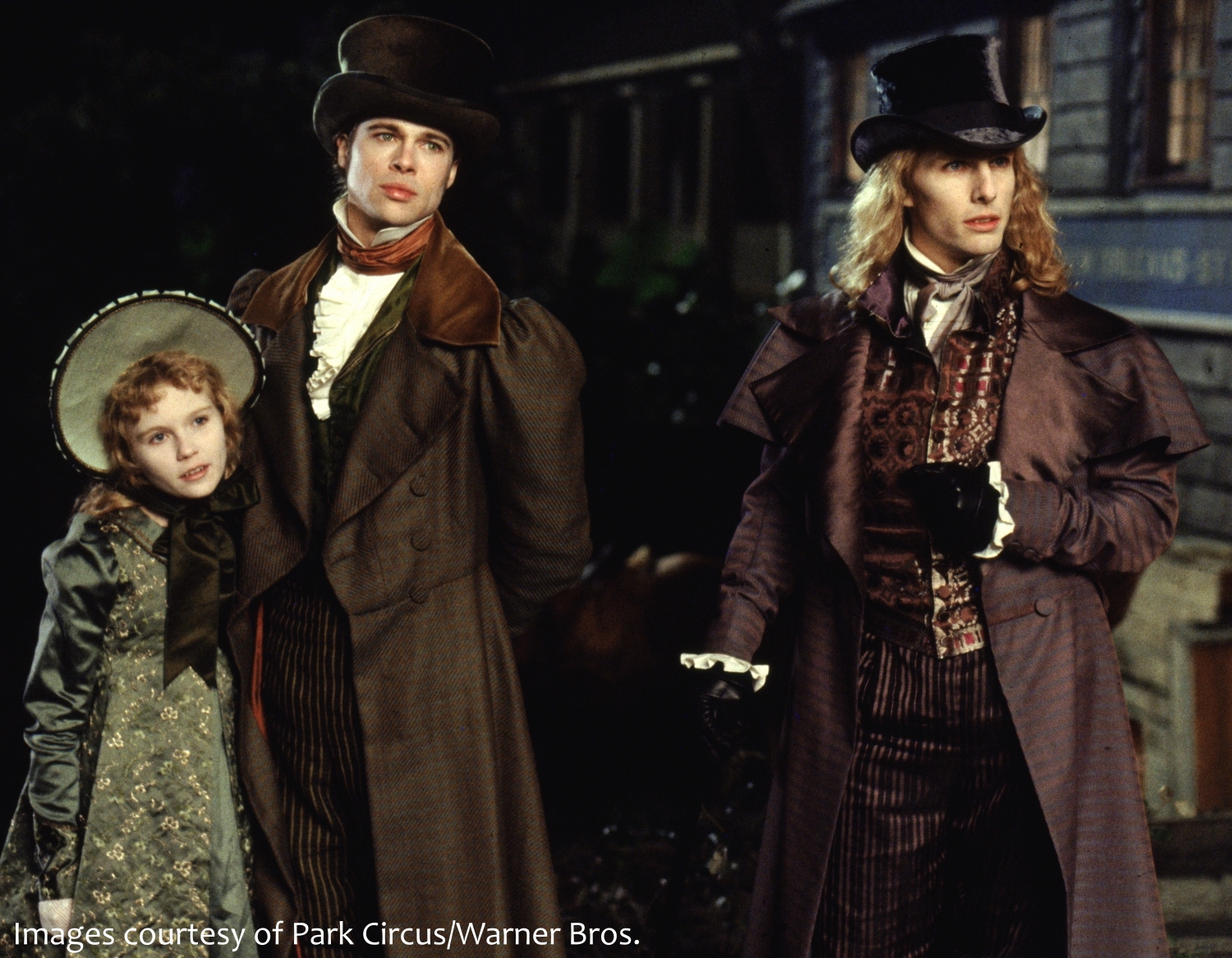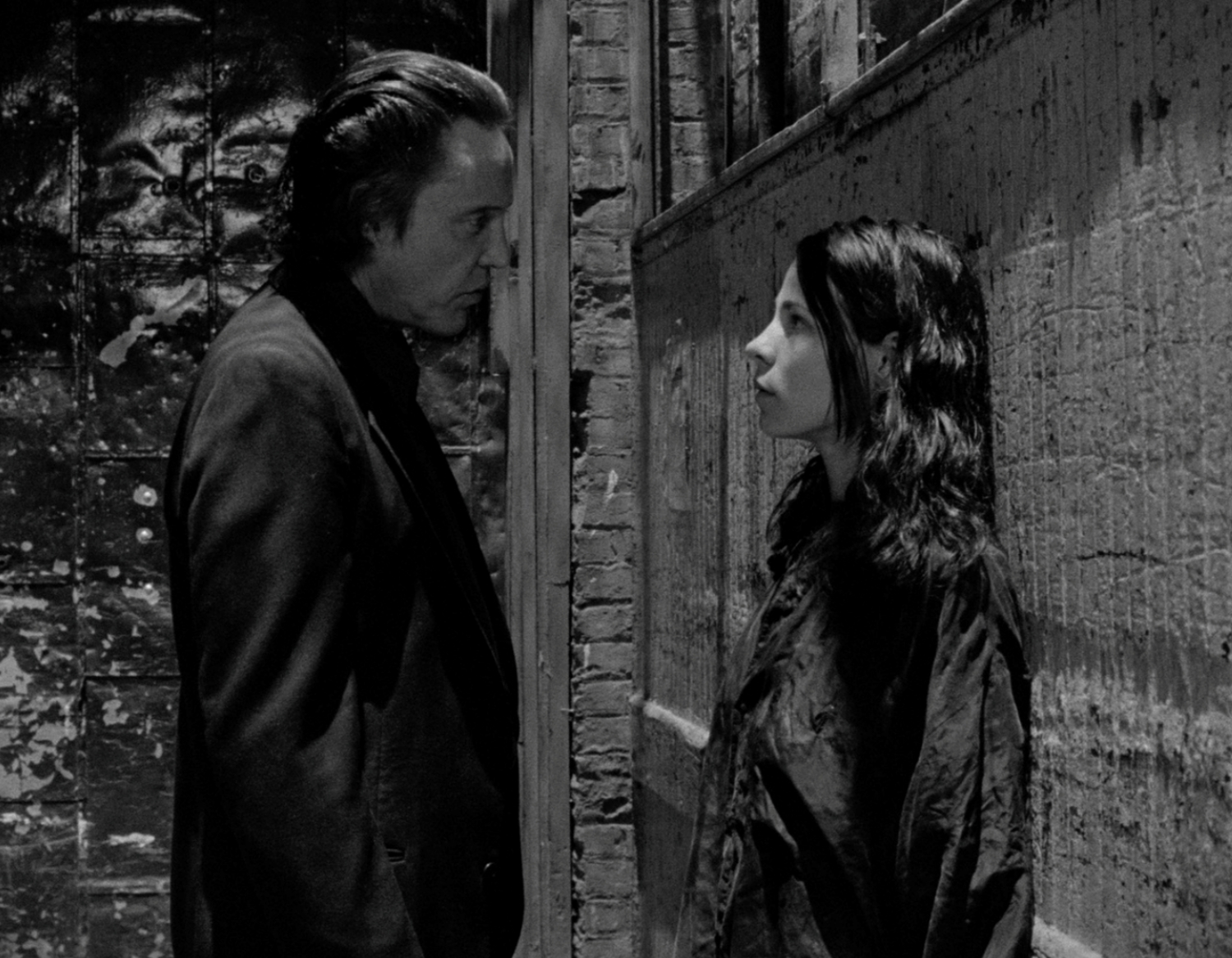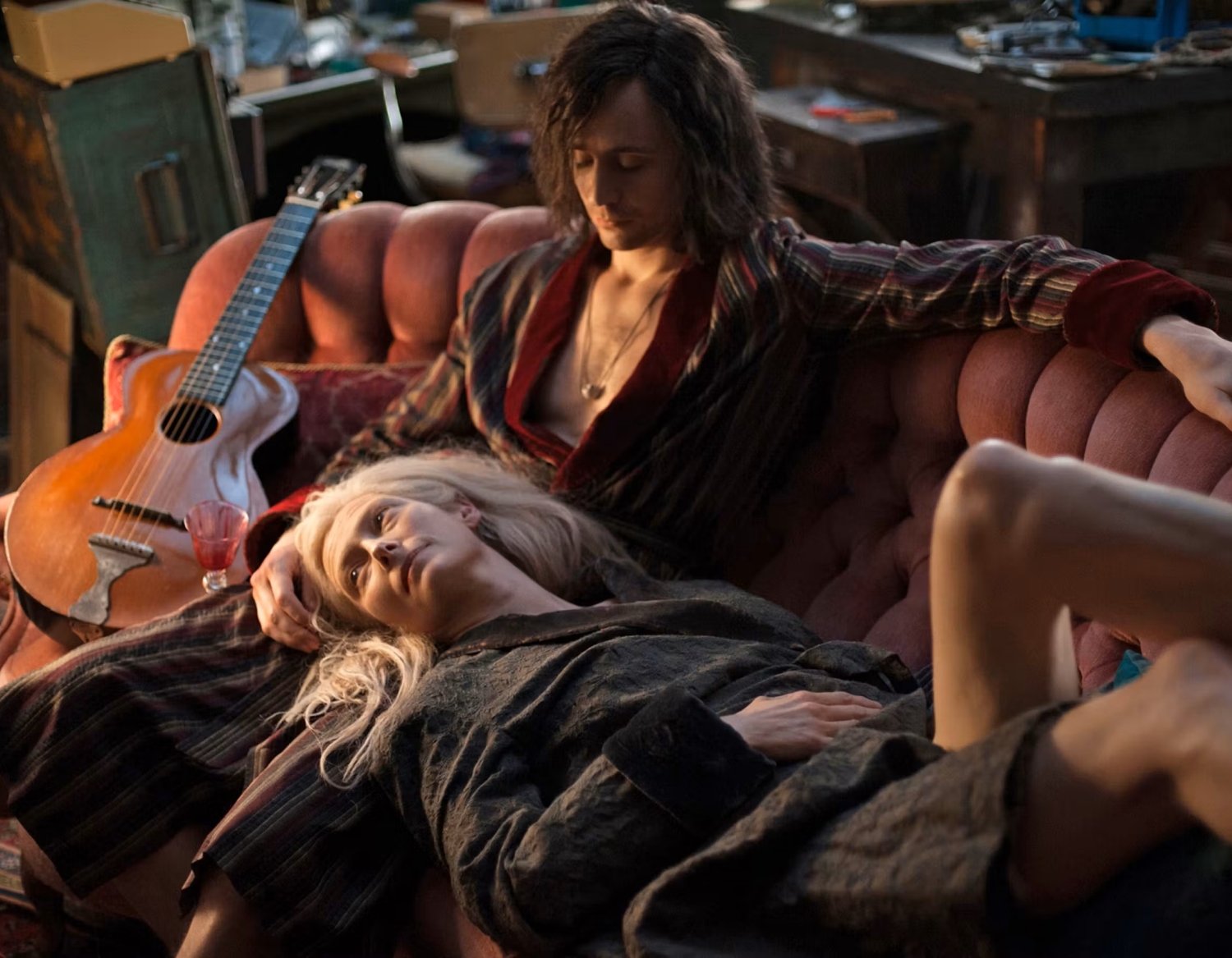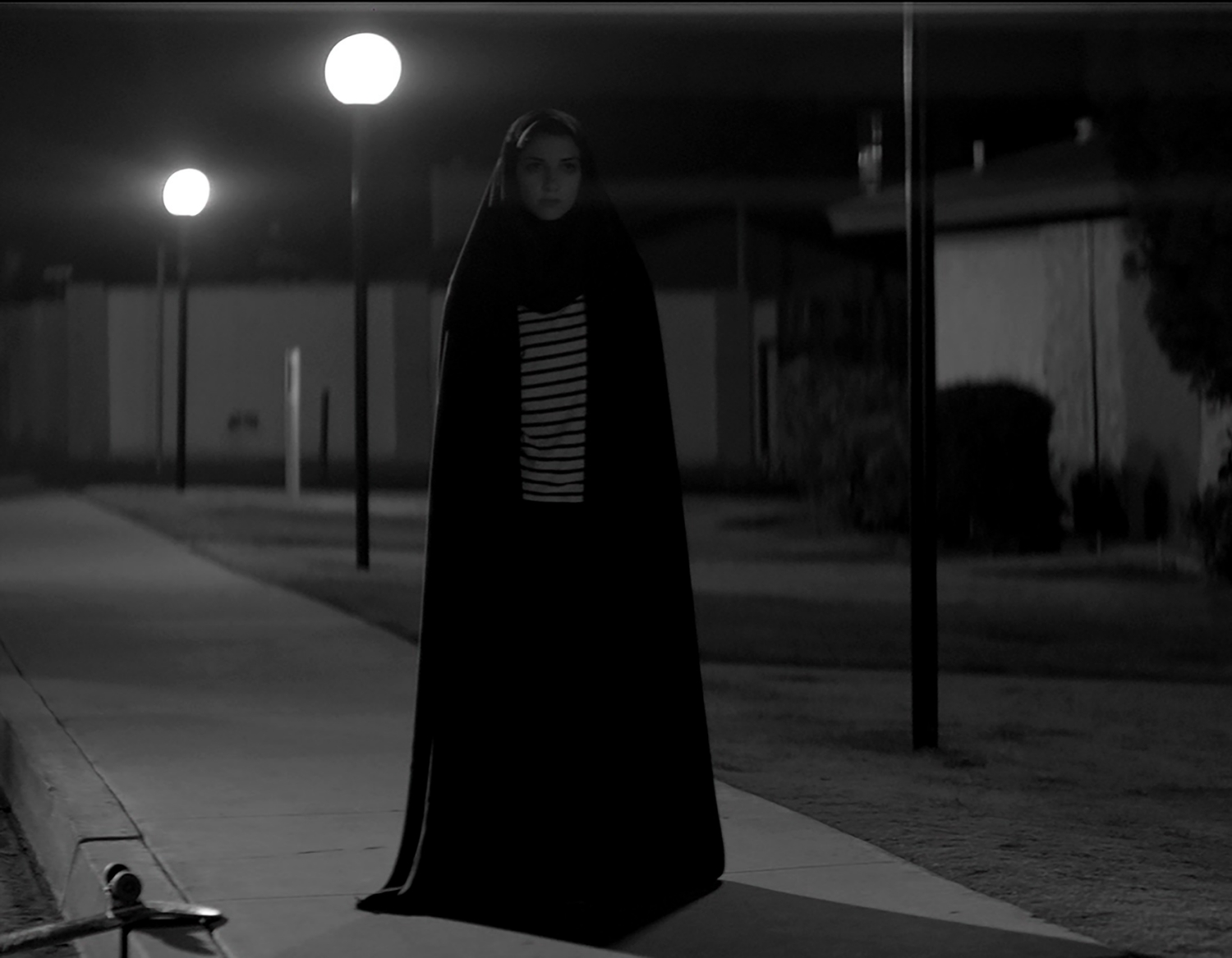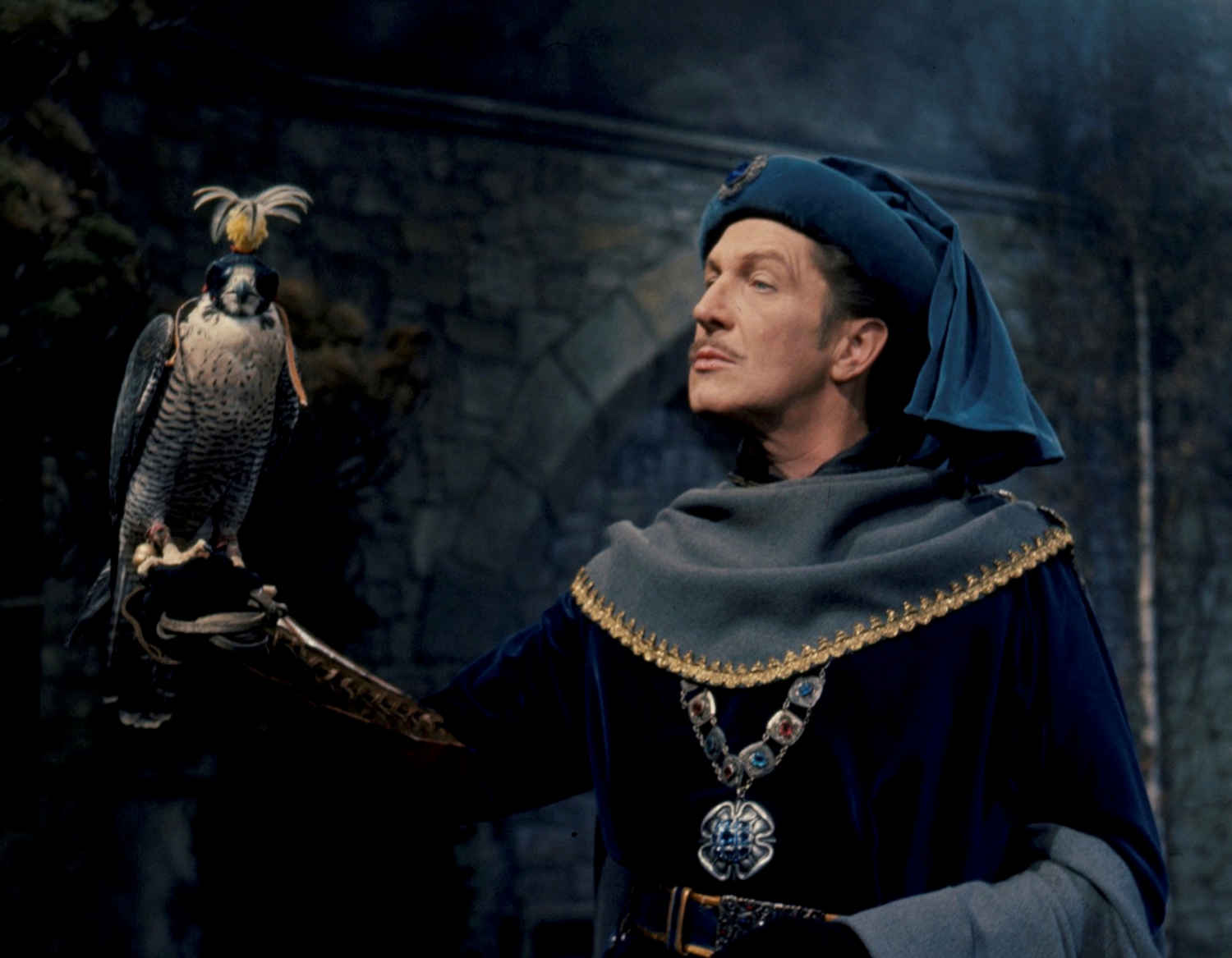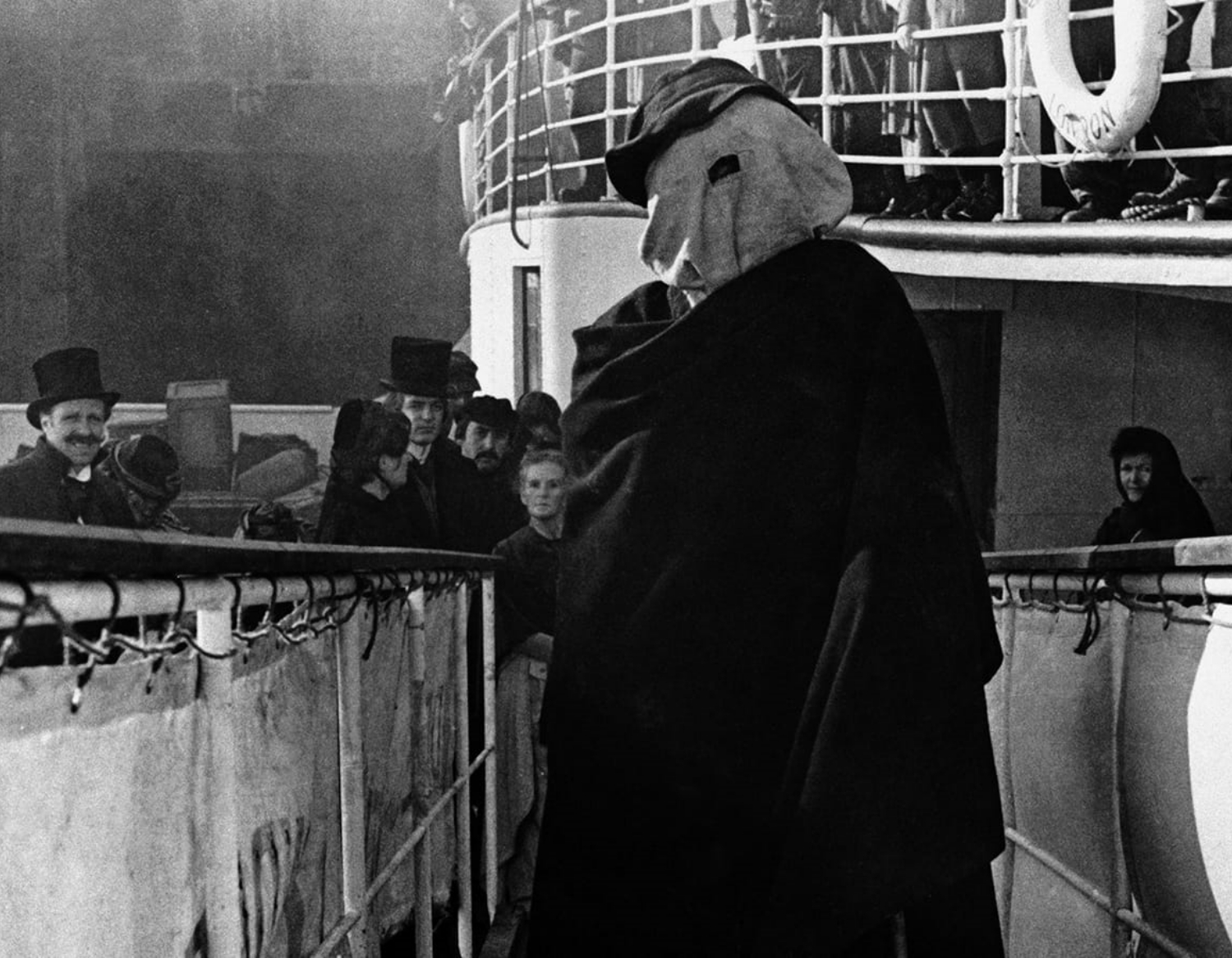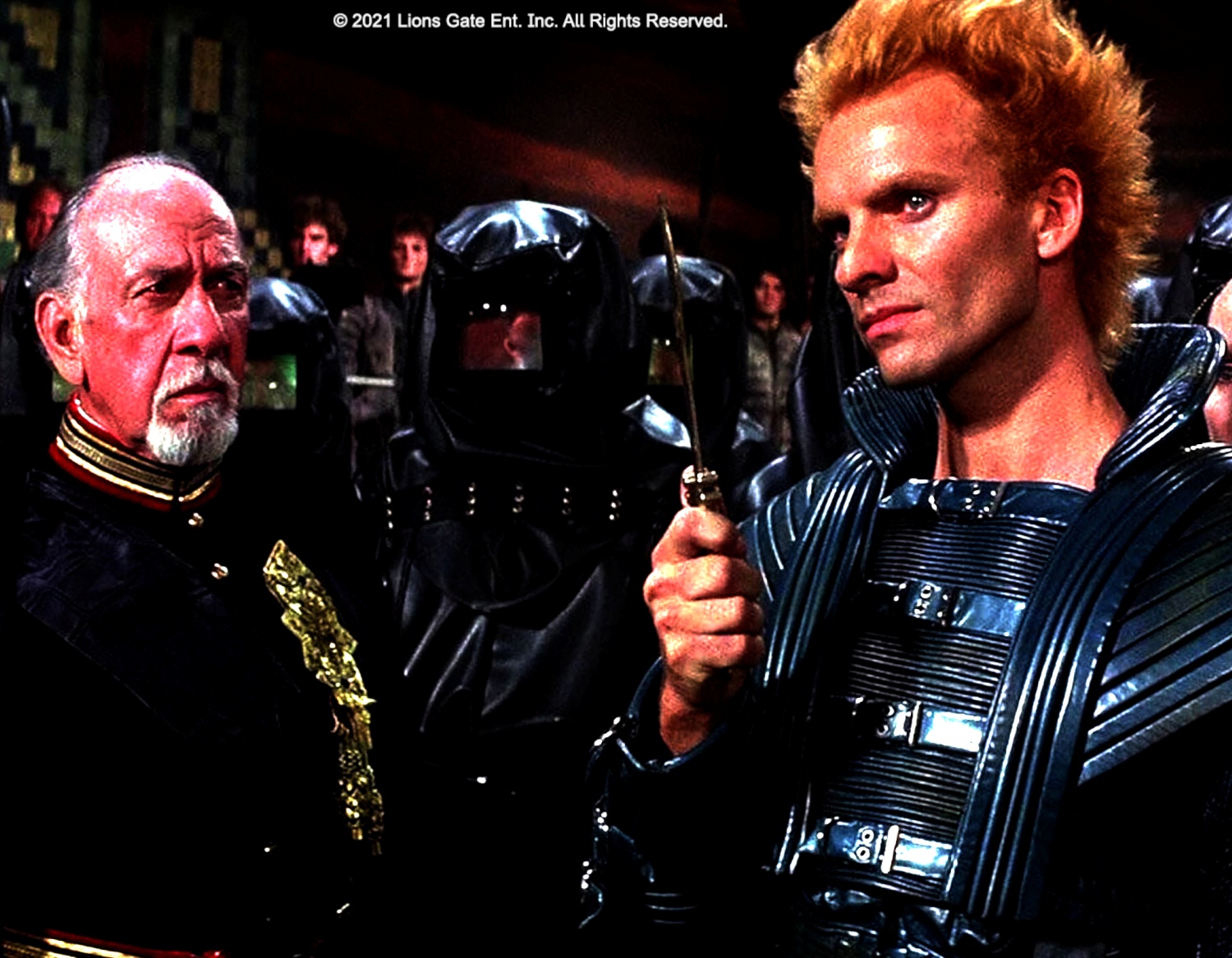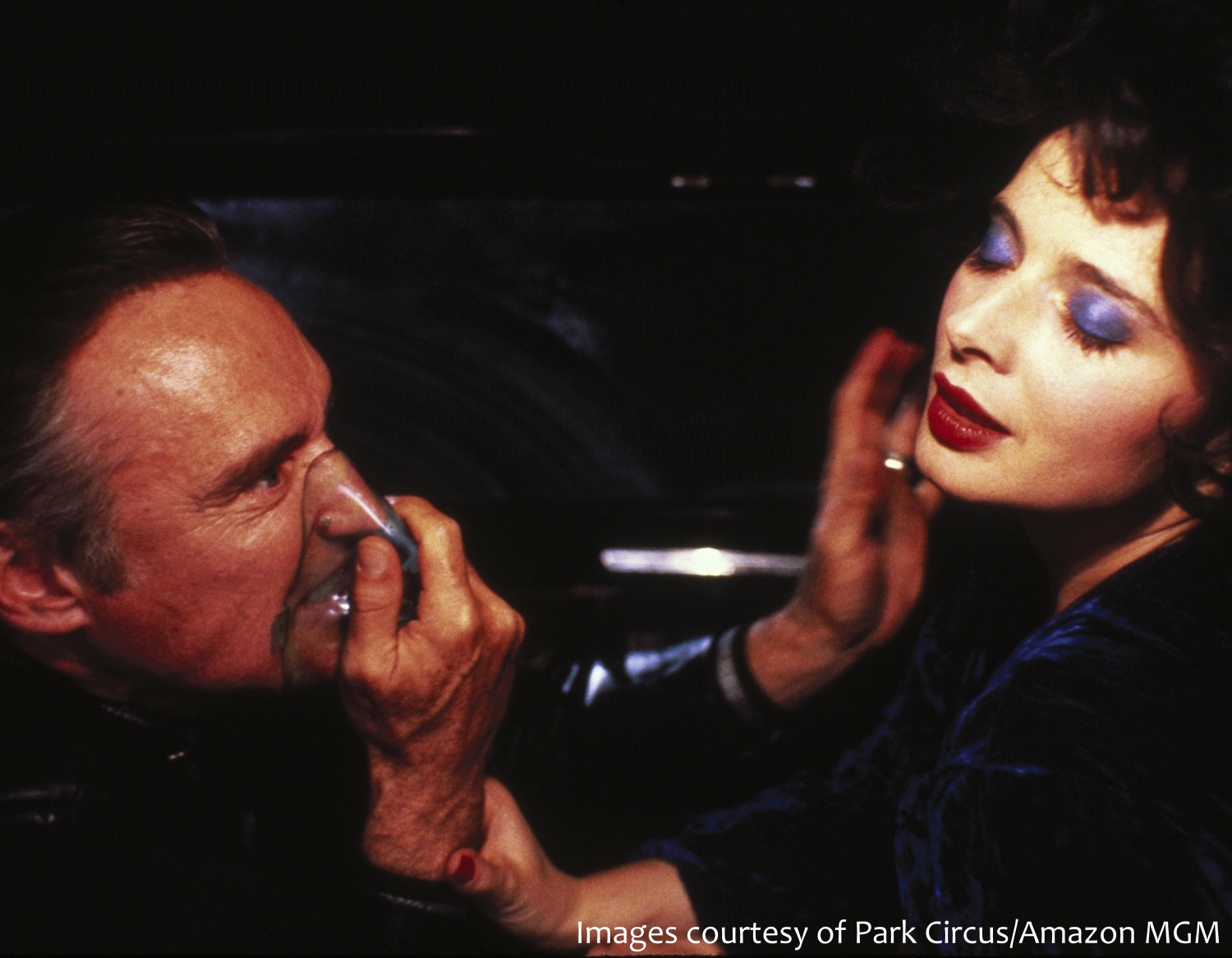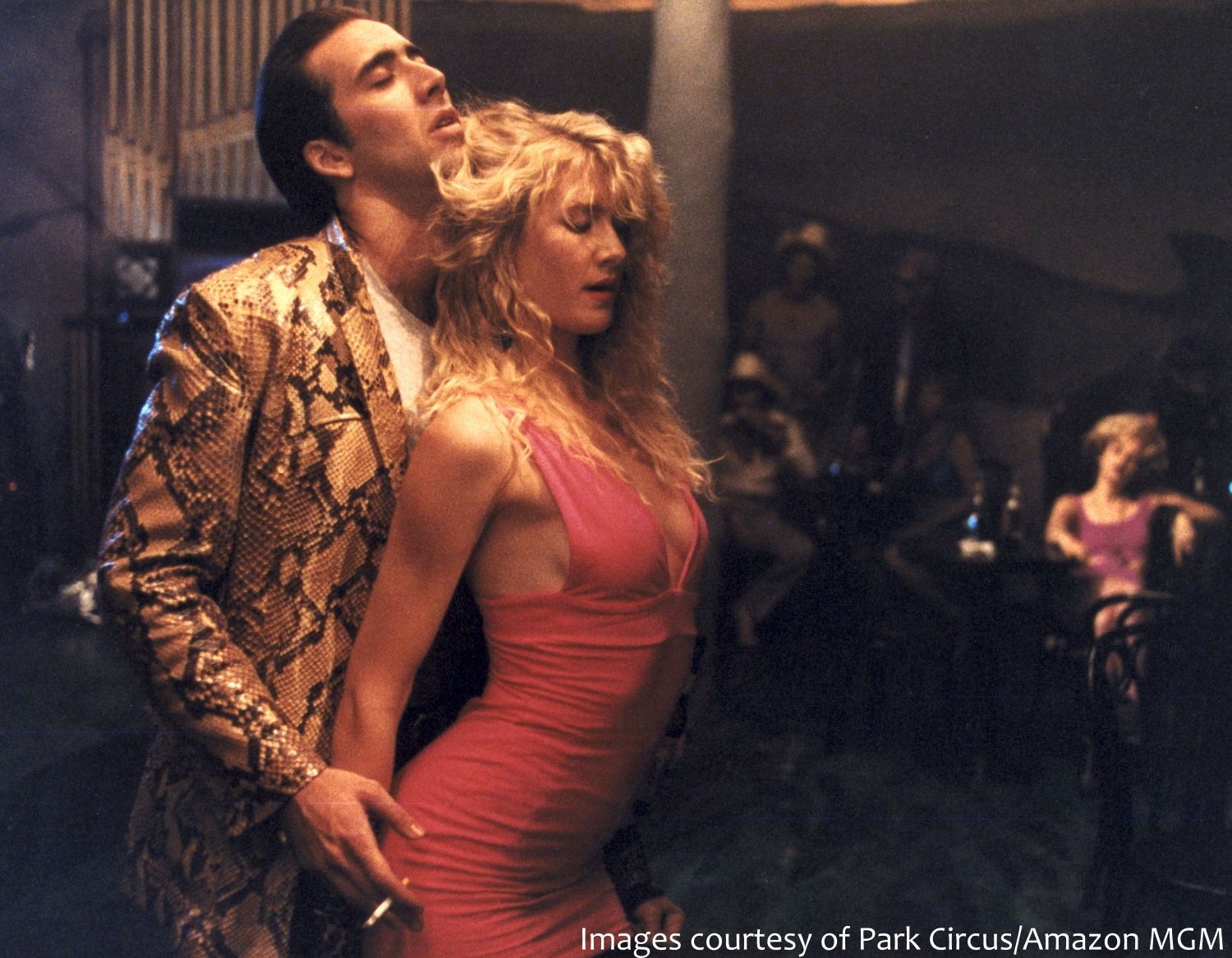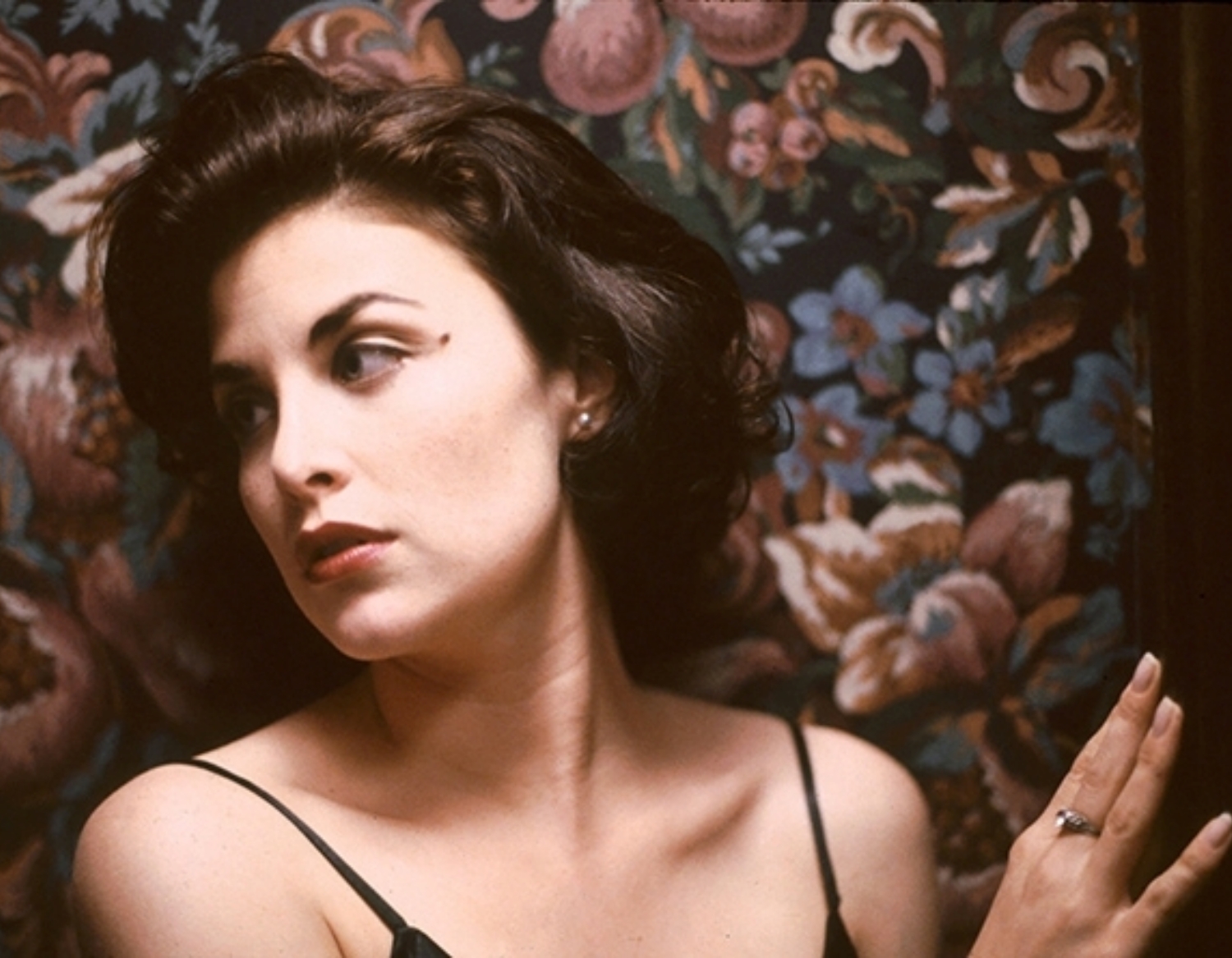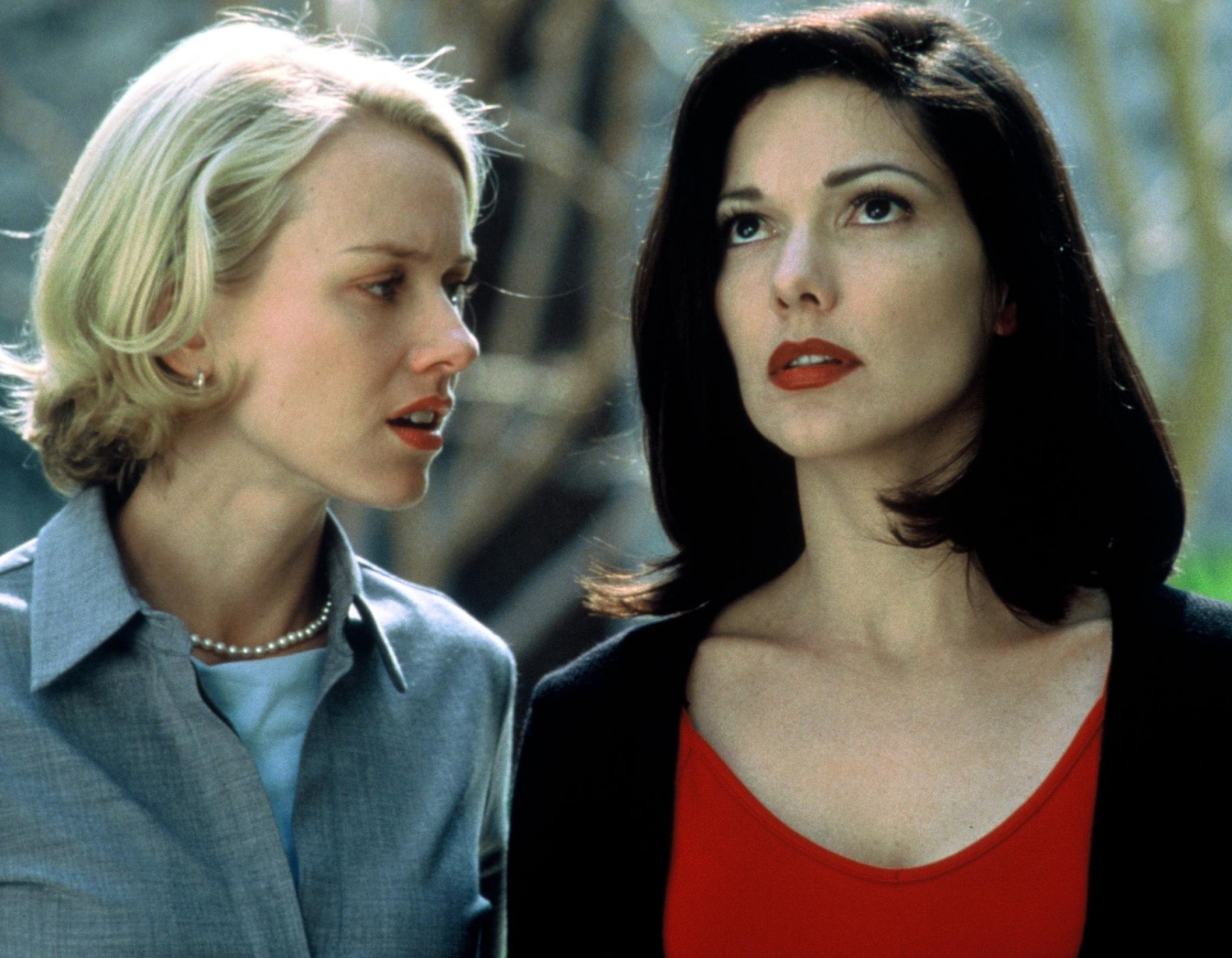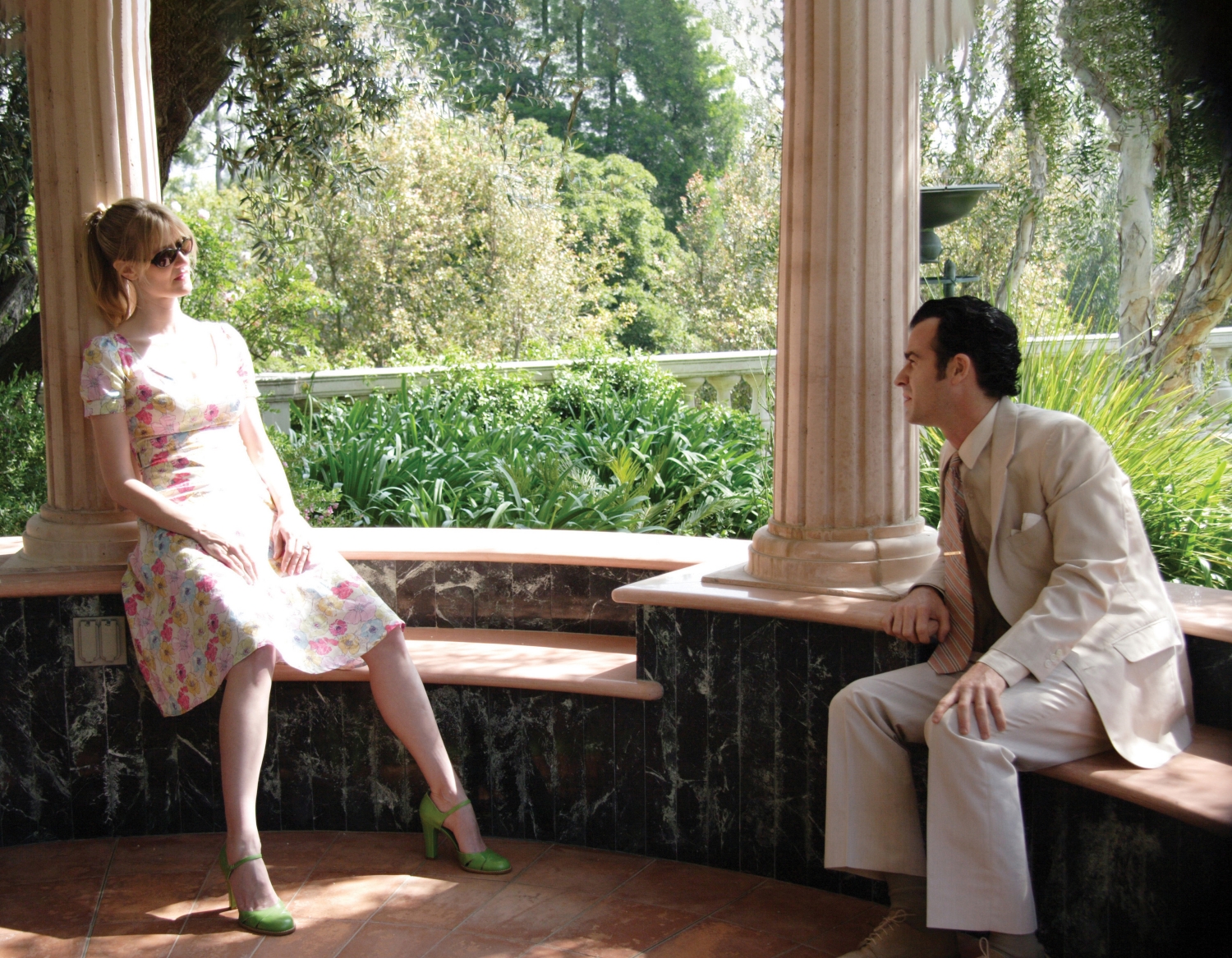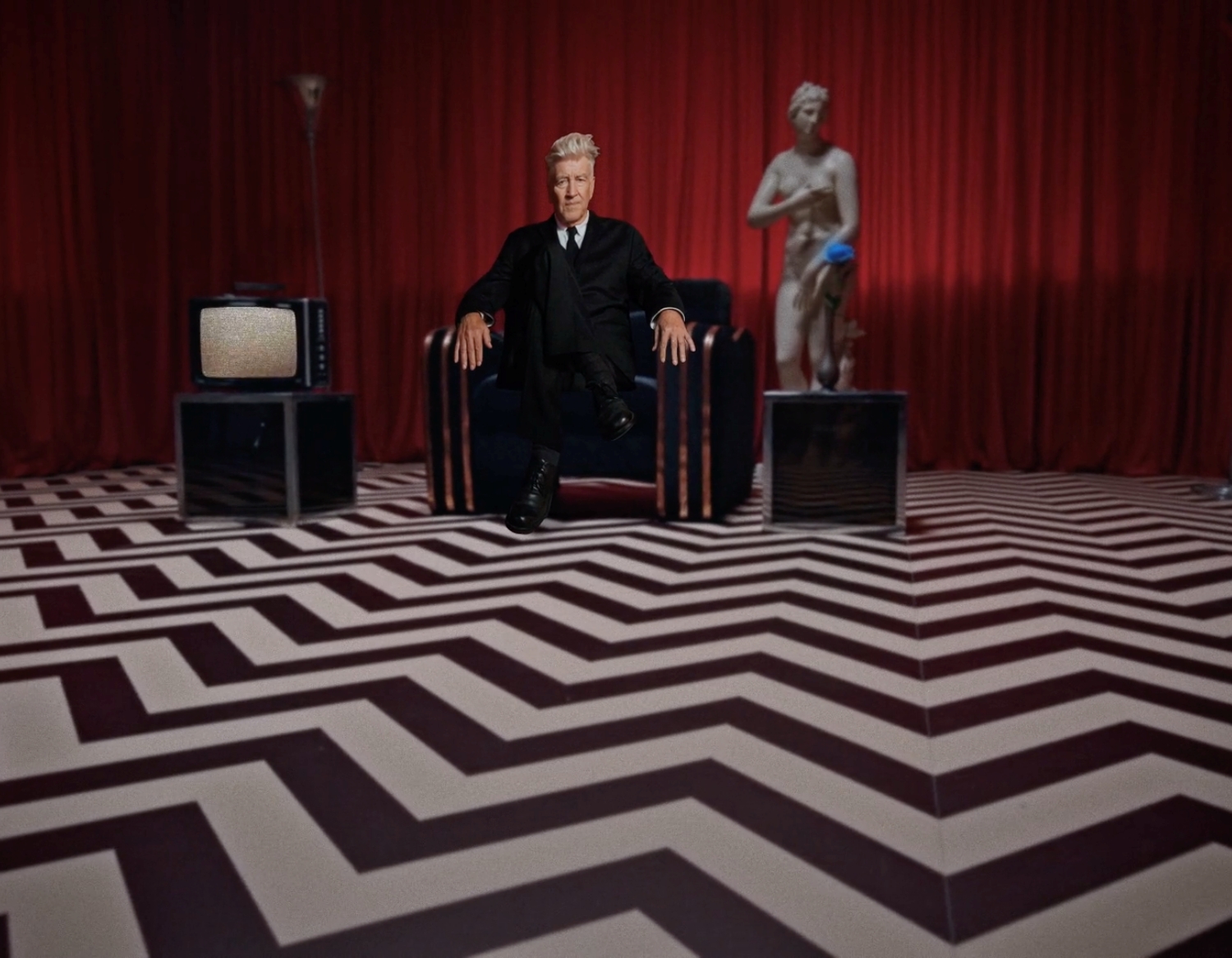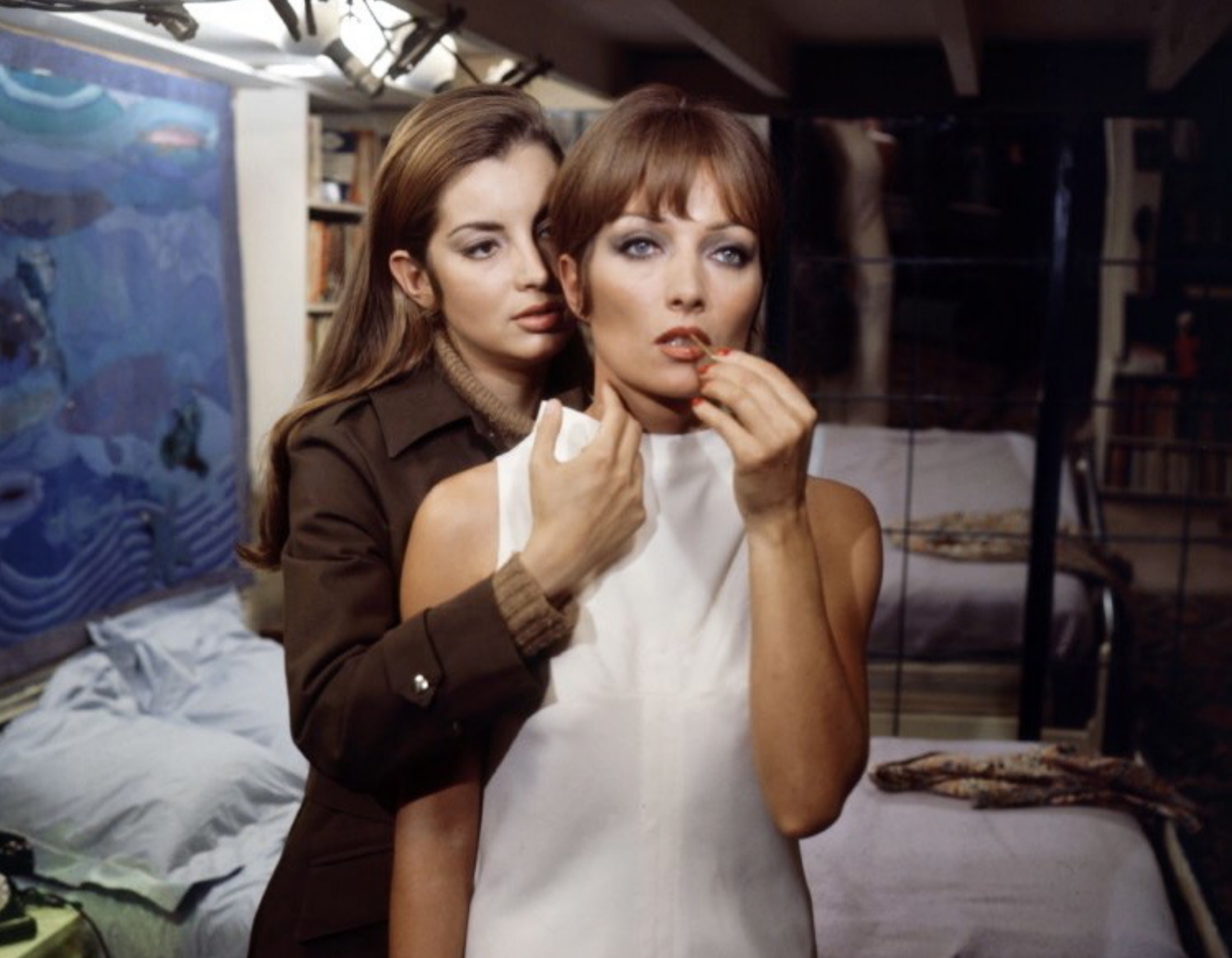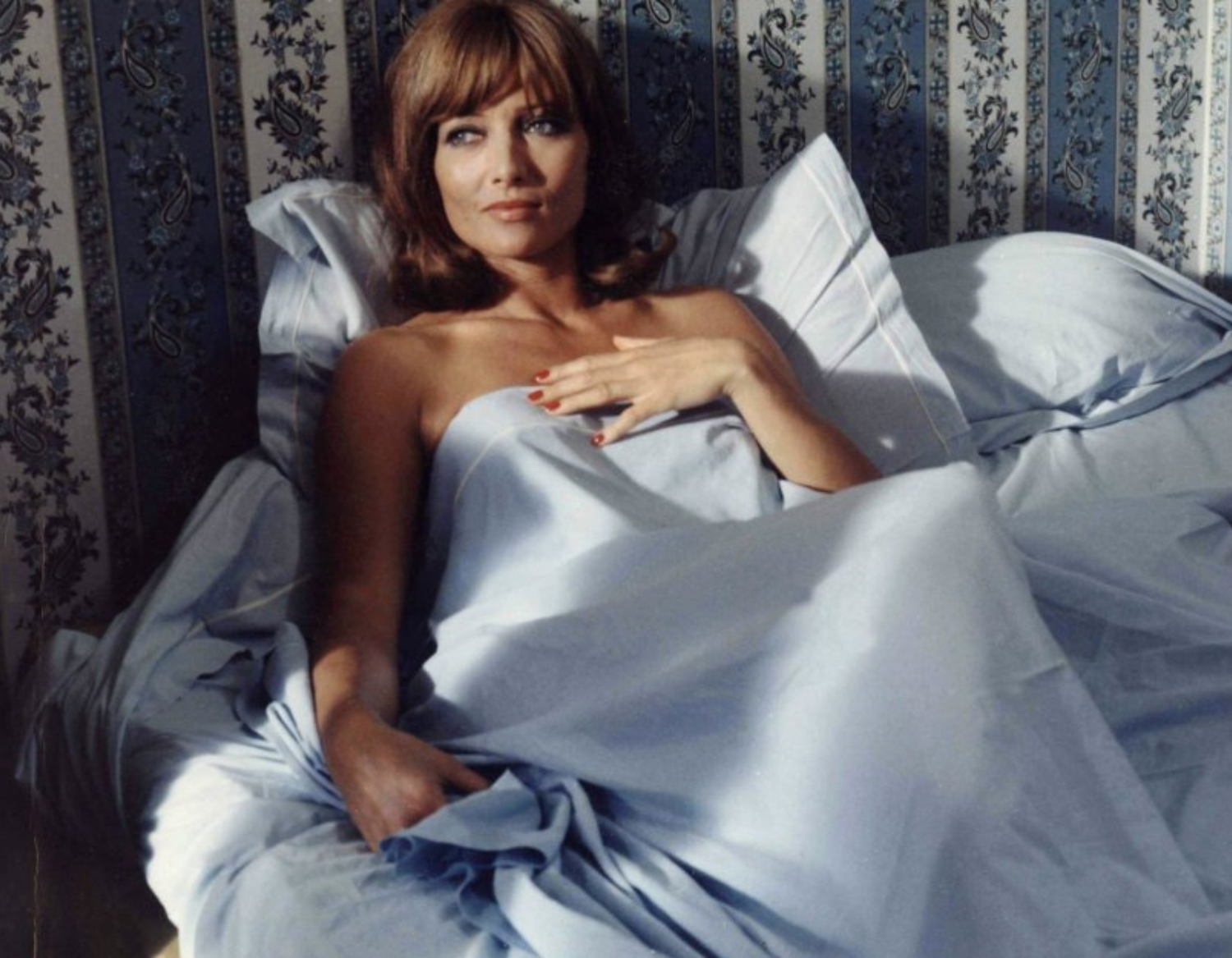2025
Long Live Vampire Films! – A Heritage of Vampire Horror
Supernatural, shapeshifting, and immortal, vampire reigns over the world of darkness, drinking human blood to feed off [...]
Supernatural, shapeshifting, and immortal, vampire reigns over the world of darkness, drinking human blood to feed off their souls. Its myth has captured the popular imagination for centuries, and our collective obsession with the undead never dies.
Owing its origins to ancient Slavic folklore, the vampire myth, with all its mysticism and taboos, has become a source of inspiration for literature. Thanks to Bram Stoker’s 1897 novel Dracula , Gothic stories of the blood-lust monsters gripped the public's fascination, and was further popularised by F. W. Murnau’s silent classic Nosferatu in 1922, which is hailed as a landmark in horror cinema, setting the stage for vampires to be conceived as terrifying predators in haunting poetry and an expressionist fantasy.
The prince of darkness’ transgressive, ever-changing nature allows freedom for inventive cinematic experiments. The mesmerising visual and aural flash of Tony Scott, and the dark fairytale aesthetics of Guillermo del Toro made an auspicious start with the demonic legend. Adapting to reflect societal changes and cultural shifts, vampire narratives have evolved dramatically, taking on diverse representations and metaphors over the centuries – reflecting on historical atrocities and philosophical dialectics; exploring human contradictions and inner loneliness; and portraying crisis of faith and moral dilemmas. Subverting genres, vampirism embraces social critiques and satirical humour, and the Count in Sesame Street can even teach counting skills to children!
The evolution of vampires in popular culture illustrates their adaptability as symbols reflecting human fears, desires, and fantasies. From monstrous predators to debonair aristocrats (immortalised by Bela Lugosi and Christopher Lee), from brooding teenagers to romantic heroes (exemplified by David Bowie, Brad Pitt, and Robert Pattinson), the enigmatic creatures have continuously transformed to captivate audiences across generations.
Vampirism emerged during times of plague, and persists as a haunting symbol of sexuality in its most dangerous forms. While the charismatic seducer is metaphorically aligned with toxic masculinity and male oppression, feminism did take its stand in the underworld, as seen in the ahead-of-its-time portrayal in Joseph Sheridan Le Fanu’s 1872 novella Carmilla. Catherine Deneuve, Lili Taylor, and Tilda Swinton are female vampires empowered to reclaim their sexual autonomy, defang patriarchy, and even boldly embrace queerness. With the dual identity as a predator and a victim, the characterisation of female vampires opens up a deeper and more complex exploration of gender dynamics.
Evoking age-old mystery while acquiring modernity, the undead continues to be rejuvenated with new vitality in cinema. Long live the vampires!
The Golden Age
Cinema Heritage: From the Film Foundation
The Haunting Dreamscapes of David Lynch
On 15th January, cinema lost one of its foremost surrealists. David Lynch (1946-2025) was a singular voice [...]
On 15th January, cinema lost one of its foremost surrealists. David Lynch (1946-2025) was a singular voice in an industry that demanded conformity and homogenised commodification. As a result, he spent much of his career working on the sidelines. Whenever he was admitted into the fold, as was the case with Dune or Twin Peaks , the mainstream was left dumbfounded, while the outsiders, freaks and weirdos rejoiced at the discovery of a preacher who finally spoke their language.
Whether through film, video, music, theatre or painting, Lynch crafted surrealism within the mundane, while simultaneously dignifying the bizarre and monstrous with empathy and humanity. He wielded the ability to tilt reality on an unrecognised axis just enough to reveal a previously unseen beauty or terror within a character or situation. His perspective was so unique that it demanded re-categorisation. And so the term ‘Lynchian’ was born, describing a seemingly familiar environment, imbued with a vague, almost imperceptible uneasiness.
Lynch’s great gift to cinema was his defiant self-belief. He refused to explain the meaning behind his films, leaving that responsibility squarely in the hands of the audience. We are permitted – emboldened even – to approach, digest, interpret Lynch’s work however we see fit. Whatever we see in his films or take from them is valid. As a viewer, it is an empowering experience to understand a work of art. By allowing us and validating our own response, Lynch has ascended to unimpeachable status.
A cinematic weirdo as he might seem, Lynch did receive recognition from the industry. The Elephant Man was nominated for eight Academy Awards, and was nominated by the Academy twice more, for directing Blue Velvet and Mulholland Dr. , before finally receiving an Honorary Oscar in 2020. Elsewhere, he won the Palme d’Or for Wild at Heart , as well as Best Director for Mulholland Dr. . In 2017, his belated third season of Twin Peaks was named Film of the Year by Cahiers du Cinéma, despite consisting of 17 hour-long episodes of television. One suspects that these accolades had limited value for an artist who, for years, transmitted daily weather reports across the airwaves in his own inimitable fashion.
Conducted in Cantonese. Approximately 50-minute lecture
Audience who attends the course is eligible for a complimentary copy of The Haunting Dreamscapes of David Lynch (Chinese only)

